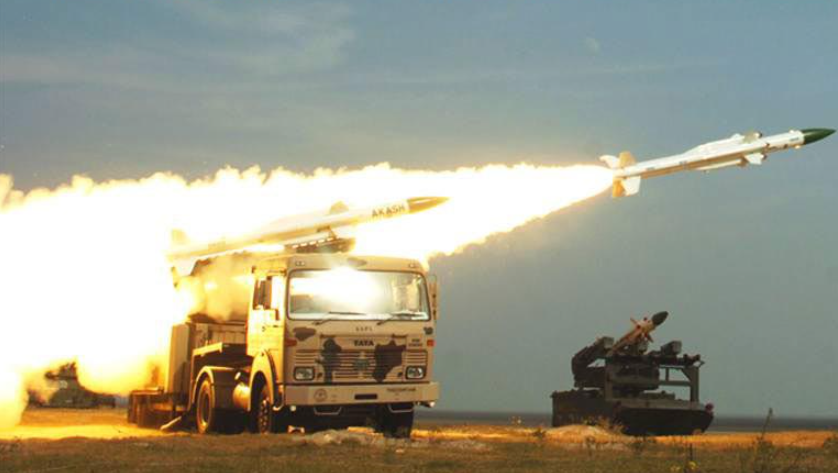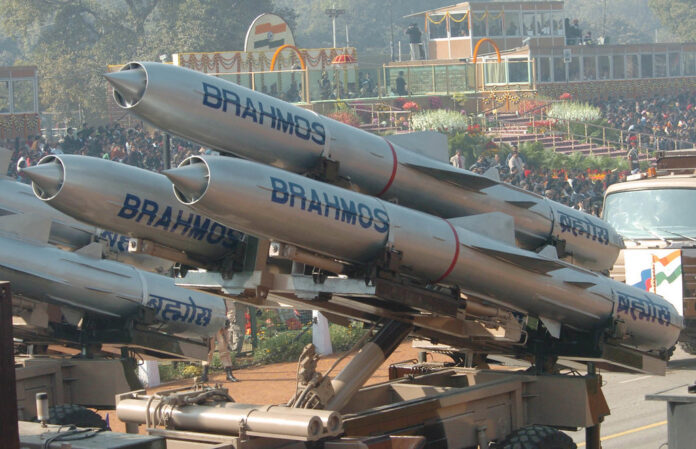India prepares to present its Union Budget 2025-26 on February 1. Finance Minister Nirmala Sitharaman is set to present her eighth budget under the government of Prime Minister Narendra Modi. As global tensions escalate—from the Russia-Ukraine war to the Israel-Hamas conflict—defence priorities are at the forefront of national agendas worldwide. Military spending has reached unprecedented heights, with the Stockholm International Peace Research Institute (SIPRI) reporting a ninth consecutive annual increase in global military expenditure, hitting an all-time high of $2,443 billion in 2024.
According to analysts, India’s defence and security is also expected to get a bigger chunk than the past in this budget following the global trend. This surge underscores the global deterioration in peace and security, compelling nations to reassess their defence strategies. India, facing its own security challenges, must now grapple with the pressing question: is it time to elevate its defence budget beyond the current threshold of 2.4% of GDP?
A Comparative Snapshot of Global Military Expenditure
Countries bordering conflict zones, such as Poland and Finland, have significantly increased their military budgets. Poland, for instance, expanded its defence spending from $15.3 billion in 2022 to $44.5 billion in 2024. Meanwhile, Finland’s expenditure rose from $4.4 billion to $6.67 billion within the same period. These sharp increases reflect the urgent need to modernize and fortify defences in the face of evolving threats.
India, though among the top global military spenders, allocates a relatively low percentage of its GDP to defence, despite its unstable borders and internal conflicts. SIPRI data reveals that India’s defence spending in 2023, as a share of GDP, was higher than only China among the top five military spenders. However, China’s larger economy enables it to outspend India by more than 3.5 times in absolute terms, emphasizing the disparity in defence capabilities.
Focus Areas for Budget 2025-26
The 2025-26 budget is expected to prioritize three key areas increased capital outlay, support for defence startups, and export promotion. The government aims to modernize India’s defence infrastructure by boosting capital expenditures, enabling the acquisition of advanced technology and equipment. Special focus is expected on nurturing defence startups, fostering innovation, and enhancing self-reliance in critical technologies. Additionally, export promotion initiatives aim to position India as a global hub for defence manufacturing, capitalizing on growing international demand for indigenous defence products. These priorities reflect India’s commitment to strengthening its military capabilities and economic influence.
Increased Capital Outlay
With heightened geopolitical tensions, the government is likely to allocate more resources for modernizing India’s defence infrastructure. This includes investment in advanced equipment such as tanks, naval vessels, aircraft, and border roads. The focus will be on integrating cutting-edge technologies like robotics, artificial intelligence, and simulation to enhance operational capabilities.
The recent clearance of projects worth Rs 21,700 crore by the Ministry of Defence puts focus on this commitment to modernization. Key initiatives include the development of light vehicles for the Indian Army and advanced combat systems for the Air Force and Navy.
Boosting Defence Startups
To foster innovation and self-reliance, the government is expected to expand startup programs in the defence sector. Initiatives like the Innovations for Defence Excellence (iDEX) scheme, which received Rs 518 crore in the previous budget, are likely to see increased funding. This move aims to attract Indian entrepreneurs and accelerate the development of indigenous defence technologies.
This move is crucial for its three-pronged approach with fostering of innovation and entrepreneurship culture in the country, reducing cost by producing indigenously, and a self-reliant as well as reliable technology in defence.
Promoting Defence Exports
India’s defence exports have grown exponentially, reaching a record Rs 21,000 crore in 2024 from Rs 2,000 crore a decade ago. The government has set an ambitious target of Rs 50,000 crore in defence exports by 2029.
A range of advanced products are now reaching nearly 100 countries. These exports include cutting-edge missiles, sophisticated radar systems, and state-of-the-art armoured vehicles, showcasing India’s growing capabilities in high-tech defence manufacturing.

To further solidify its position as a global hub for defence production, enhanced funding for export promotion is essential. This would support domestic manufacturers in scaling operations, improving product quality, and navigating international markets more effectively. This will prove to be a milestone to boost India’s economic growth and strengthen its strategic partnerships, elevating its stature in the global defence ecosystem.
Challenges in India’s Defence Allocation
Over the last decade, India’s defence spending has consistently remained below the Standing Committee on Defence’s recommendation of 3% of GDP. The defence budget for FY2024-25 stood at Rs 6.2 lakh crore ($71.53 billion), with Rs 1.8 lakh crore ($20.77 billion) allocated for salaries and Rs 1.4 lakh crore ($16.15 billion) for pensions. This leaves limited room for capital expenditure, which is critical for modernizing military infrastructure and equipment. Defence pensions have grown at an annual rate of 11% since 2013-14, outpacing the overall growth in defence expenditure, further constraining modernization efforts.

Modernization vs. Operational Costs
India’s capital outlay for defence in FY2024-25 was Rs 1.72 lakh crore ($19.8 billion), a modest 7-8% increase from the previous year. Analysts predict a similar growth trajectory for FY2025-26, with a focus on mobility vehicles, naval capabilities, and aerial defence. However, the growing fixed costs of salaries and pensions pose significant challenges to increasing capital expenditure. As a result, the Ministry of Defence must strike a delicate balance between operational readiness and modernization.
Opportunities and Challenges in Indigenous Production
India’s drive for self-reliance in defence manufacturing has gained momentum, with a strong emphasis on technology transfer and indigenous production. Collaborations with global players like GE and Saffron for engine development mark significant strides in reducing dependency on imports. However, challenges persist, particularly in critical components like engines and supply chains.
R&D investments remain a cornerstone of India’s defence ambitions. Projects such as the Advanced Multi-role Combat Aircraft (AMCA) have received substantial funding, reflecting the government’s commitment to developing frontier technologies. Yet, effective execution and overcoming structural bottlenecks remain pivotal to realizing these ambitions.

Image Credit: BDL
The Economic Context
While defence modernization is a pressing need, the government is looking to balance it against broader economic considerations. The focus on localization and public-private partnerships aims to mitigate these challenges by stimulating domestic manufacturing and creating economic opportunities.
Market Implications
The defence sector’s growth potential has attracted significant interest from investors. Companies like Mazagaon Dockyard, Bharat Electronics, and Astral Microwave Products are poised to benefit from increased defence spending. Public-private collaborations and the government’s emphasis on indigenous production are likely to drive growth in intermediate products and defence electronics, creating new opportunities for both established players and startups.
However, market reactions will depend on specific policy announcements and allocation details. Positive developments in technology transfer or supply chain optimization could trigger a favourable market response, while delays or inefficiencies could dampen investor sentiment.
What’s there in Union Budget 2025 for Defence?
As India prepares to present its budget for FY 2025-26, the stakes for the defence sector are higher than ever. The maturing geopolitical spectrum demands a robust and agile defence strategy that balances modernization with operational readiness. By prioritizing capital outlay, fostering innovation, and promoting exports, the government has the opportunity to strengthen India’s defence capabilities while keeping in line with economic growth.
Yet, the path ahead is fraught with challenges. Overcoming import dependencies, and ensuring effective execution of modernization projects will require strategic vision and meticulous planning.



